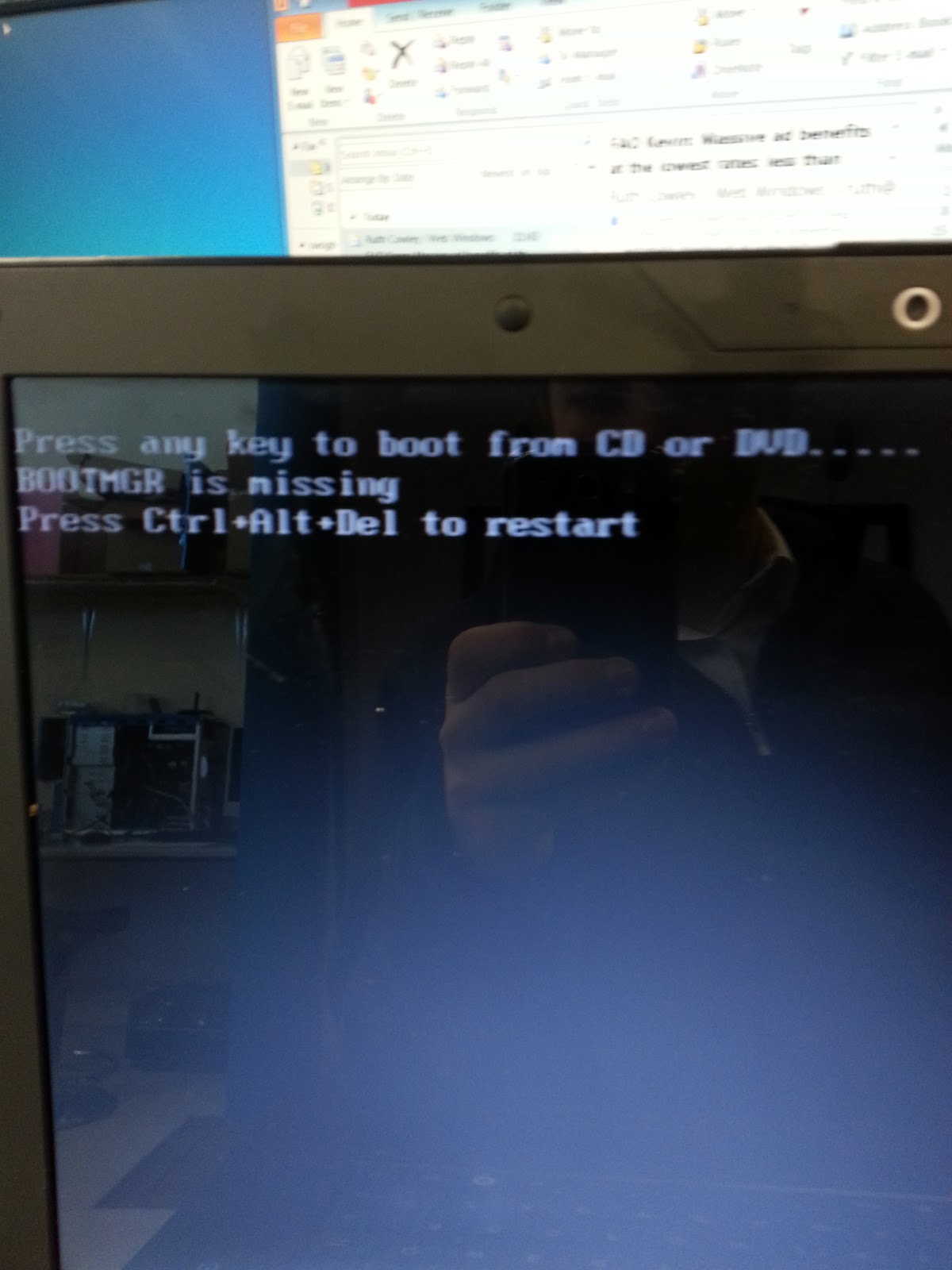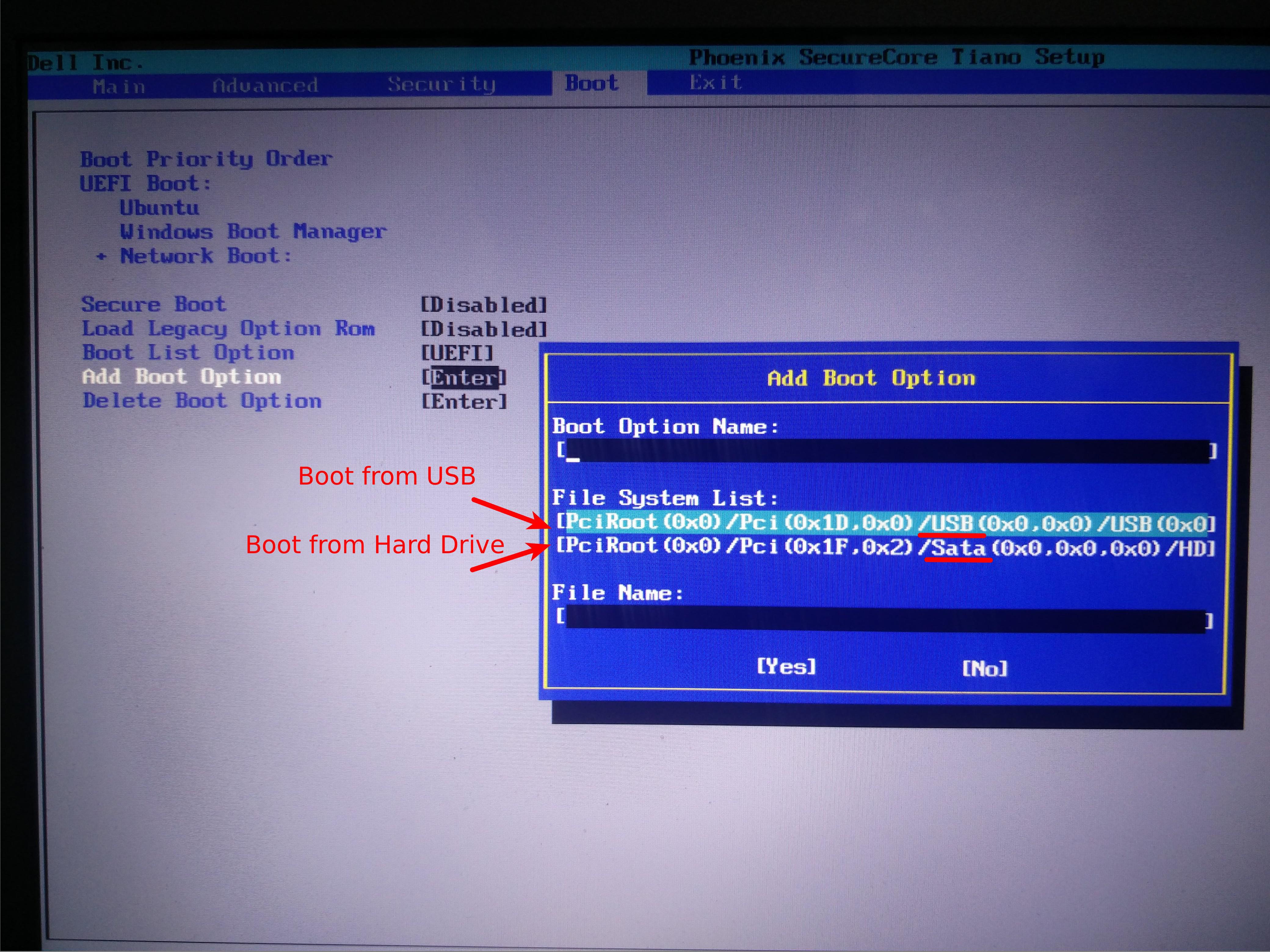
.jpg)
Older computers often came with a DVD, which served as an installation data carrier. This contains a folder with the Windows Recovery Environment (short: Windows RE), the second security system, which can automatically detect and fix many errors. For this, you need the installation data carrier for your Windows version.

If the safe mode did not work, you should try to automatically repair the system. If not, the next step is Windows automatic repair. Then restart your computer to check if the problem has been fixed. In the secured desktop environment, you can now, for example, perform a virus scan or uninstall recently installed software (in the “Control Panel” under “Programs”) or drivers (in the “Device Manager”). If your computer can be started in safe mode, then it is highly unlikely that there is a problem with the system settings or the default drivers.

To find out which one is right for you, look at your computer's user guide however, the required keyboard shortcut will also appear next to the Windows logo during startup. You get to where you want to be on many Windows 10 computers with the key combination +. Which one this is depends on the BIOS or UEFI version that the hardware manufacturer supports. This opens if you press a specific key or key combination when starting your computer before the Windows logo appears. It can be accessed in all Windows versions via the BIOS menu (Basic Input/Output System) or on newer computers via the UEFI menu (Unified Extensible Firmware Interface). To the user, safe mode is immediately recognizable by its unusual screen resolution. This is a configuration in which the operating system still starts up, but without any software autostart and with only a few absolutely necessary standard drivers. The so-called “safe mode” should always be the first resort when Windows isn’t booting as usual.


 0 kommentar(er)
0 kommentar(er)
